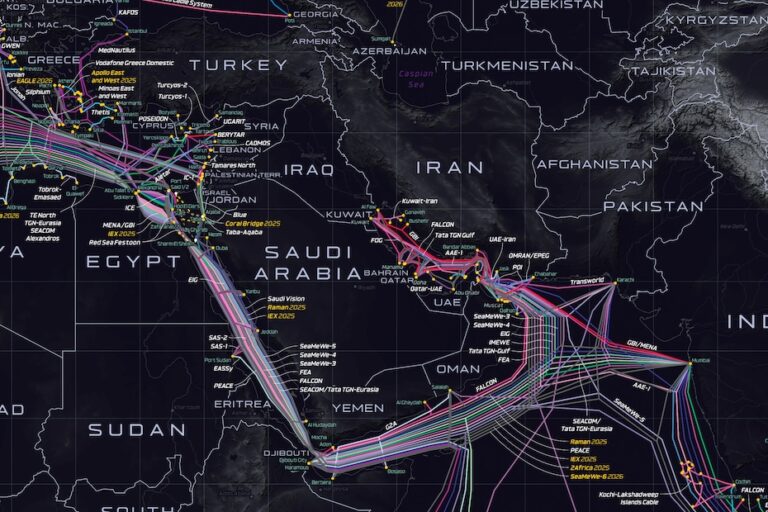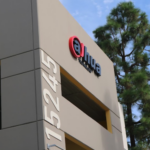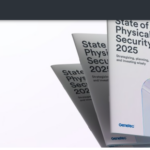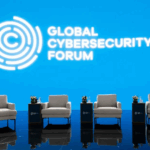Red Sea Cable Cuts Expose Fragility of Global Internet Infrastructure

Two major submarine cables—SEA-ME-WE 4 (SMW4) and IMEWE—were recently damaged near Jeddah, Saudi Arabia, triggering internet slowdowns across the Middle East, South Asia, and parts of Africa. These cables are critical arteries in the global digital ecosystem, supporting everything from cloud computing and financial transactions to aviation systems and encrypted communications.
While service providers swiftly rerouted traffic through alternative paths, the incident revealed the limits of current redundancy. Backup routes often suffer from congestion, leading to increased latency, degraded performance, and potential vulnerabilities in encrypted data streams. For cybersecurity professionals, this raises concerns about exposure during rerouting and the resilience of critical infrastructure under stress.
Why SMW4 and IMEWE Matter
- SMW4 spans nearly 20,000 km and connects 14 countries, including Singapore, India, UAE, Egypt, and France. It was upgraded in 2024 to support 450Gbps per wavelength, yet it remains a legacy system vital for backup and load balancing.
- IMEWE spans over 12,000 km from India to Europe, providing low-latency bandwidth crucial for real-time applications. It has undergone multiple upgrades, most recently with Ciena’s WaveLogic Ai for 200Gbps per wavelength.
Despite newer systems like SEA-ME-WE 6, these older cables remain indispensable due to their geographic reach and integration into national infrastructures.
Red Sea: A High-Risk Zone
The Red Sea corridor handles 17% of global internet traffic, making it one of the most critical—and vulnerable—routes. Shallow waters, dense shipping lanes, and geopolitical tensions increase the risk of accidental or deliberate damage. Earlier in 2024, three cables were severed after a vessel struck by Houthis drifted into a protected zone, causing weeks of disruption.
Fixing damaged cables is a costly and time-consuming process. Repairs can take weeks and cost up to $3 million per incident, depending on depth, weather, and the availability of specialized cable ships. The International Cable Protection Committee (ICPC) warns that delays in restoration can have cascading effects on regional economies and digital security.
Looking Ahead
Operators are investing in next-gen systems like SEA-ME-WE 6, designed with higher capacity and built-in redundancy. However, with global data usage surging, legacy cables like SMW4 and IMEWE will remain critical for years. Cybersecurity experts advocate for enhanced monitoring, predictive analytics, and international cooperation to safeguard these digital lifelines.
Image: Submarine Cable Map 2025 – Telegeography




















